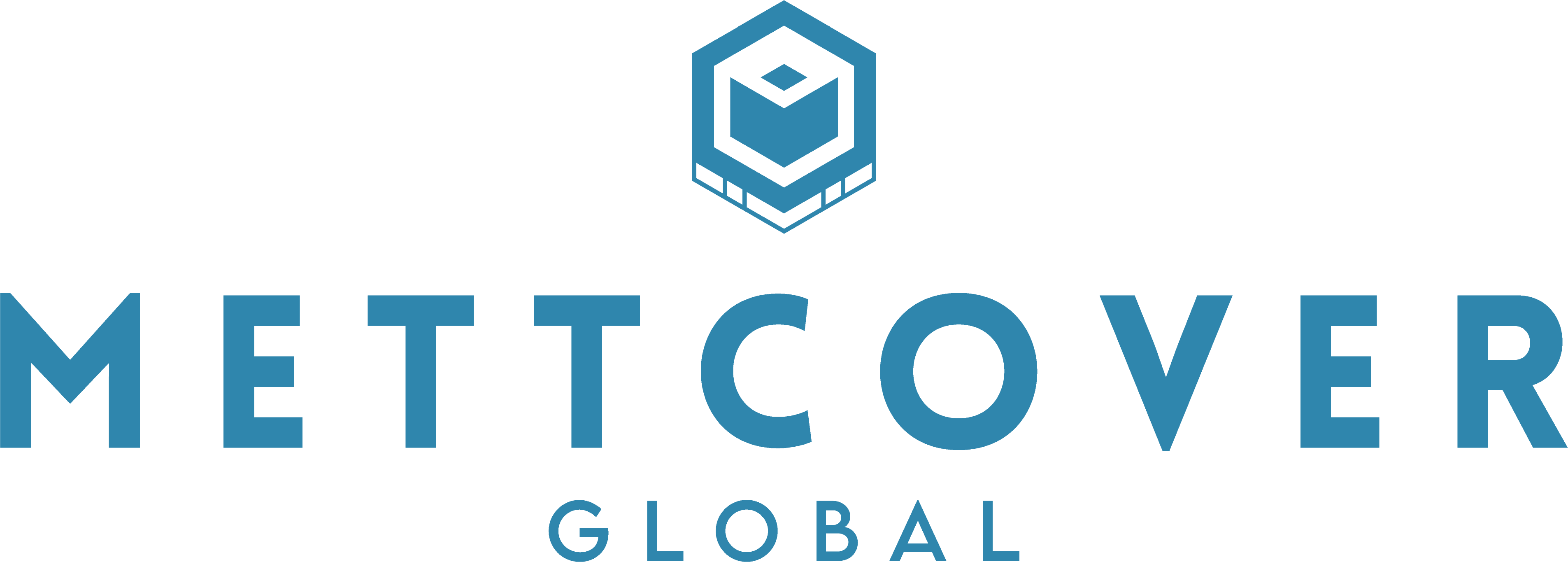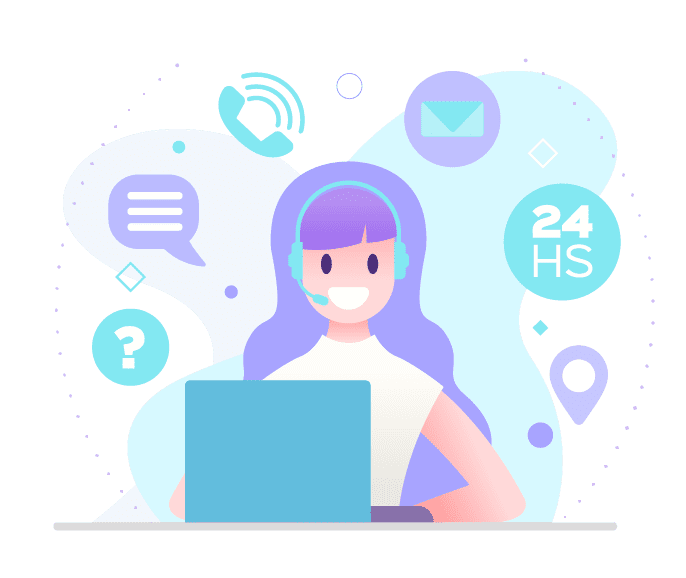What is the Mark Cuban Effect? Affordable medicines, reshaping the healthcare conversation in USA & more.
- Samantha Garcia

Sarah is a hardworking single mother. Like millions of other Americans, she is battling inflation, higher housing prices, and juggling multiple jobs to support her family of three. Recently when she was diagnosed with a chronic health condition which requires daily medication, she steps into her local pharmacy with a prescription in hand, hopeful that relief is within reach. But the very first sight of the price-tag, dwindles her optimism. As the pharmacist rings up her tab, she is acutely reminded of her financial stress. What she sees on the cash counter is more than a number; it’s a barrier between her and the health-care that she rightly deserves.
Sarah’s dilemma reflects the harsh reality faced by countless individuals across the United States, where the exorbitant pricing of pharmaceuticals can often pose a barrier to necessary healthcare, leaving many in a state of uncertainty and vulnerability. According to research conducted by organizations like the Health Care Cost Institute (HCCI) and other studies, the cost of essential medications has surged substantially over the past decade.
Enter Cost Plus Drugs, an online pharmacy startup that aims to shake up the health-care capitalistic model in the USA. The disruption enabled by Cost Plus is beyond the commercial act of selling drugs, It is reigniting and reshaping the conversation around healthcare affordability in the USA. Led by the popular billionaire Mark Cuban and Radiologist Alexander Oshmyansky, Cost Plus is fast becoming a social commerce model that Americans love and why not?
In its disruptive journey, Cost Plus Drugs is reportedly forcing the pharmaceutical giants to reevaluate their selling strategies. It has further raised questions on the pricing model of Pharmacy Benefit Management (PBM) which unduly leads to complexities in drug pricing. In the USA, Cost Plus platform is forming strategic partnerships like the one with PCA Rx. This PBM startup aims to redefine transparency in pharmacy benefit management by aligning its mission with Cost Plus Drugs by offering clear, honest, and easy-to-understand information about prescription drug pricing.
But that’s not all; Cost Plus Drugs recently made headlines by partnering with Lupin Ltd., a major drug manufacturer. This partnership is set to bring Lupin’s generic drugs for respiratory disorders to the Cost Plus Drugs platform, potentially offering relief to the segment of patients affected by chronic obstructive pulmonary disease (COPD) while challenging the traditional distribution channels.
Lupin will now sell its generic formula tiotropium bromide inhalation powder via Cost Plus online platform. It is a remedy for COPD also known as smoker’s lung; a medical condition that affects more than 15 million Americans. It is notable that LUPIN generated more than 30% of its global revenue in 2023 from the USA and with this tie up, they forecast even higher revenues for the coming year. It is only easy to deduce that more generic drugs will be accessible to Americans in the coming year as other pharmaceutical companies will follow suit.
Why is OTC Pharmacy Drug Pricing Rising in the USA?
The soaring prices of pharmaceuticals in the United States can be attributed to various factors within the complex healthcare ecosystem. Some of the primary reasons behind the escalating costs include:
Research and Development Costs:
Pharmaceutical companies invest substantial amounts in research and development (R&D) for new drugs, including extensive clinical trials and regulatory processes. These costs, coupled with the expenses incurred for failed drugs that never reach the market, contribute significantly to the pricing of successful medications.
Lack of Regulation on Drug Prices:
Unlike many other countries, the US doesn’t regulate drug prices directly. This lack of price control allows pharmaceutical companies to set higher prices, often without transparency in pricing strategies.
Patent Protection and Monopolies:
Patents granted to drug manufacturers offer exclusivity, allowing them to maintain high prices without generic competition. This monopolistic control over certain medications prevents market forces from driving prices down.
Middlemen and Rebates:
Pharmacy Benefit Managers (PBMs) negotiate drug prices on behalf of insurers. However, the complexities of these negotiations often result in high list prices but with negotiated rebates and discounts. The lack of transparency in these dealings contributes to inflated prices at the counter.
What Do Americans Want When It Comes to Their Daily Health Care?
Affordability and Transparency:
People yearn for clear and upfront pricing, allowing them to understand the true cost of their medications. Transparency is crucial to ensure individuals can access necessary treatments without fear of financial strain.
Access to Essential Medications:
There’s a growing demand for easy access to life-saving medications without being burdened by exorbitant costs. The affordability of drugs for chronic conditions, such as diabetes, heart disease, or asthma, is of paramount concern to Americans.
Innovation and Alternative Solutions:
While seeking affordable options, individuals also desire innovation in healthcare. This includes embracing technology-driven solutions, telemedicine, and alternative medication access models that prioritize both quality and affordability.
Improved Regulation and Policy Changes:
Many Americans advocate for reforms in drug pricing policies, pushing for legislative changes that address the root causes of rising drug costs. Efforts to increase competition, support generic drug availability, and regulate price hikes are among the desired reforms.
The Quest for Affordable Healthcare Continues
The quest for affordable healthcare in the US remains an ongoing battle. It involves a collective effort from policymakers, pharmaceutical companies, healthcare providers, and consumers to address the multifaceted issues contributing to escalating drug prices. Striking a balance between innovation, accessibility, and affordability remains critical, in meeting the healthcare needs of all Americans.




